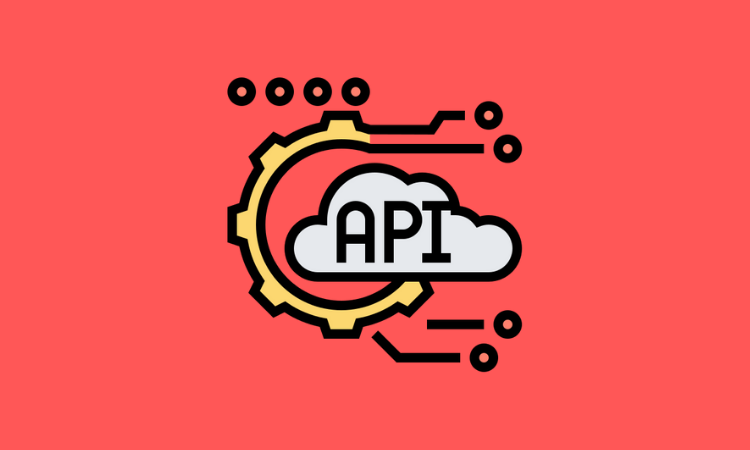4 charts, Member Exclusive
Explaining Embedded Fintech in 4 Charts
- Embedded finance in fintech has taken center stage for a few years.
- Financial institutions need to integrate fintech into their digital banking platforms to compete.








